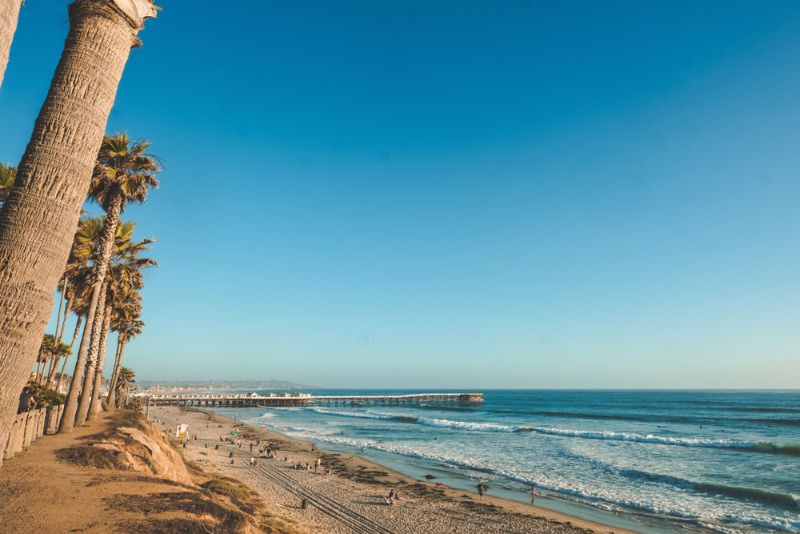History
Well before the San Diego coastline was sprinkled with stunning houses, fancy hotels, and exquisite restaurants, and many years prior to the settlement of European explorers, the land of this area was inhabited by the Kumeyaay. Nearly 9,000 years ago, the people known as the Kumeyaay lived in the San Diego region and occupied the land until the mid 1700s when the Spanish explorers arrived.
In 1769, the first European settlement was formed in the southern part of what later became the state of California. Since San Diego was the site of the first permanent Spanish settlement in California, it was given the charismatic nickname as the “birthplace of California.” Making history, the influential Father Junipero Serra then arrived in the late 1700s to establish the first mission in San Diego which later became a chain of 21 missions, a major cornerstone of California’s colonization. This area is what’s currently known as Old Town San Diego.
Following the colonial period, the Mexican period took place and California officially became part of the United States in 1850 after the Mexican-American War. San Diego stayed a small town for 30 years and began to grow quickly after 1880 when military facilities were established after World War II. This rapid growth laid the groundwork for manufacturing, tourism, defense industries, and international trade. Today, San Diego is the eighth largest city in the U.S. and the second largest city in California.
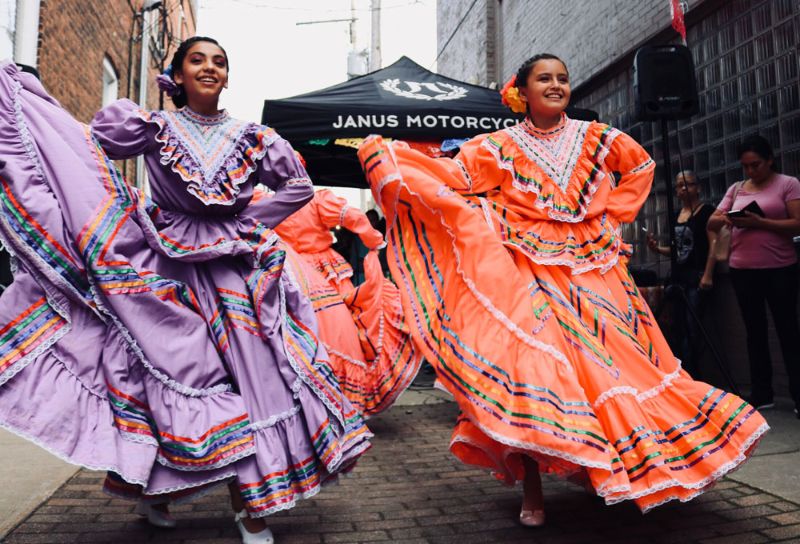
Festivities in Old Town
San Diego Culture
The diverse culture of San Diego widely encompasses aspects of Mexican history (due to its location as a border town), art museums, symphony, and the county fair to name a few. Also, the city’s association with the U.S. military undoubtedly adds to its culture, especially gleaning influence by the Navy.
There are several beloved museums in the city including the the San Diego Air & Space Museum, the San Diego Natural History Museum, the Museum of Photographic Arts, the San Diego Museum of Man, and the San Diego Museum of Art. Balboa Park is the home of these museums along with the Japanese Friendship Garden, the Prado, and the IMAX dome theater. Next door to Balboa Park is the world-renowned San Diego Zoo. In 1964, SeaWorld, the famous animal theme park and marine mammal park, opened its doors to the public. Today, SeaWorld has become a national landmark putting San Diego on the map in movies and the media.
The other historical museums are spread through downtown and La Jolla including The Museum of Contemporary Art San Diego), the San Diego Maritime Museum, and the San Diego Aircraft Carrier Museum (the Midway). San Diego has deep roots in the symphony and theater culture — at Symphony Towers, the San Diego Symphony performs regularly. The San Diego Opera was ranked in the top 10 opera companies in the country while the Old Globe Theatre puts on approximately 15 plays and musicals each year. The La Jolla Playhouse produces world premieres of plays and musicals some of which have won Tony Awards and/or Broadway nominations.

South Park, San Diego, California
Communities of San Diego
Within the city of San Diego, there are over 100 recognized neighborhoods which gives prospective buyers plenty to choose from when they are looking for a place to call home. The neighborhood perimeters emerged naturally based on various geographical boundaries such as canyons, hills, bodies of water, and streets — all of which are easily distinguishable by residents.
Today, the most established neighborhoods of San Diego include Downtown, Balboa Park, Hillcrest, North Park, City Heights, the College Area, Southeast San Diego, Mission Valley, Clairemont, Kearny Mesa, Tierrasanta, San Carlos, Mira Mesa, Scripps Ranch, Rancho Peñasquitos, Rancho Bernardo, Lake Hodges, Carmel Valley, Del Mar Heights, Torrey Pines, Golden Triangle, La Jolla, Pacific Beach, Mission Beach, Ocean Beach, Point Loma, San Ysidro, Otay Mesa, National City, and Chula Vista.
What makes San Diego a special place is that each neighborhood offers its own sense of belonging. From street fairs to farmers markets, the communities come together much like the way historical villages interacted. The city of San Diego acknowledged the importance of its differentiating factor of neighborhood communities when its 2008 General Plan was organized around the idea of a “City of Villages.”
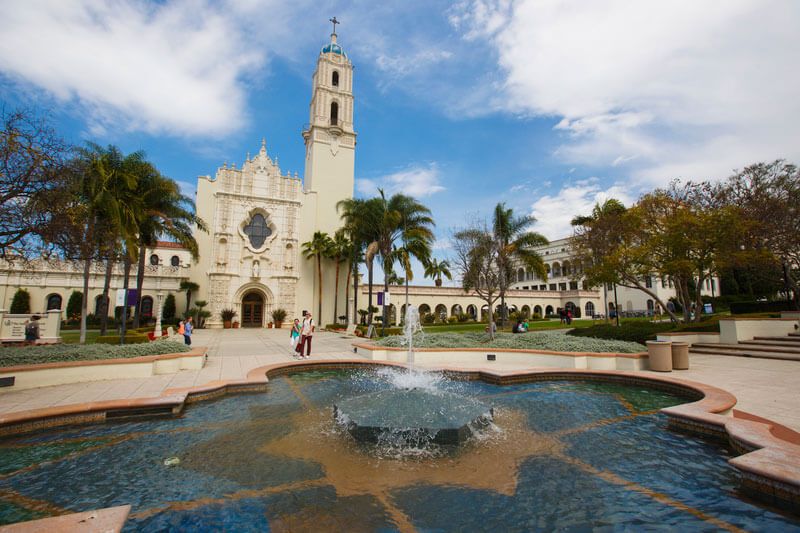
University of San Diego
Universities in San Diego
The cornerstones of San Diego are its universities. Not surprisingly, San Diego is considered to be an above average academic city with 44.4% percent of San Diegans over the age of 25 holding bachelor’s degrees, according to the U.S. Census Bureau education rankings in 2017. The national average in the United States is a mere 30.9% so this puts San Diego on the map as the ninth-most educated city in the country. There are plenty of options to choose from for colleges and universities including San Diego State University (SDSU), the University of California, San Diego (UCSD), the University of San Diego (USD), and the San Diego Community College District which consists of three community colleges.
The University of California has roots dating back to 1912 when it acquired the Scripps Institution of Oceanography focusing on scientific research. Running as an extension program until 1960, the end of World War II gave rise to population and economic growth presenting new opportunities for the university. In the early 1960s, UCSD expanded its campus, and the university opened its doors to its first graduating class in 1964.
San Diego State University has been around much longer relative to UCSD and was founded in the late 19th century making it the oldest higher education facility in the entire county of San Diego. Originally known as San Diego Normal School, the campus moved from University Heights to Aztec Mesa in 1931, and in 1935 the offerings were expanded beyond teacher education and the school was renamed as San Diego State College. It wasn’t until 1970 that it became part of the California State University system as San Diego State University. Today, there are more than 260,000 alumni.
The University of San Diego is a private Catholic school, that originated from a women’s college in 1949. It remained a women’s college until 1972 when it consolidated with the San Diego College for Men and the School of Law to develop into the University of San Diego, part of the California university system. The school has grown and made a name for itself in the academic institution space and now enrolls undergraduates, paralegals, graduate students as well as law students.
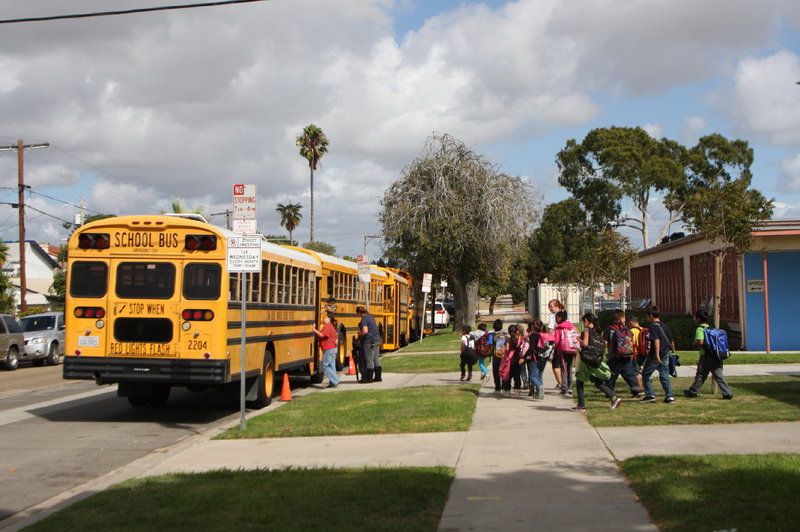
San Diego school
San Diego Government and Schools
San Diego has a productive local government led by an elected mayor and a nine-member city council. Functioning as the chief executive officer, the mayor works jointly with the city council with a payroll of over $730 million to govern the city police, public safety, water and sewer service, streets, and planning/zoning. Holding the place as the 20th safest city in the county, San Diego gives its residents peace of mind knowing they are in good hands with their government officials and law enforcement officers.
As far as public school systems go, San Diego schools rank high among other cities in America. Most of the public schools in the San Diego are part of the San Diego Unified School District, which happens to be the second-largest school district in all of California serving 11 Kindergarten–8 schools, 107 elementary schools, 24 middle schools, 13 alternative schools, 28 high schools, and 45 charter schools. No matter the school district you reside within San Diego limits, you will be in a high quality school district setting its students up for success.

Petco Park, San Diego Padres stadium
San Diego Sports and Conventions
San Diego residents are lucky because they always have a team to root for when it comes to baseball, hockey, lacrosse, and even the recent addition of rugby. The San Diego Padres have been a Major League Baseball team since 1969 and regularly play at their home field of Petco Park stadium. The minor league San Diego Gulls have been around since 2015 while the Seals lacrosse team and Legion rugby teams have been playing since 2017 and 2018, respectively.
All the way back in 1970, the San Diego Comic Book Convention (better known as Comic-Con) annual convention was founded by a group of San Diegans including Shel Dorf, Richard Alf, Ken Krueger, and Mike Towry. This initially small convention would eventually become the “largest convention of its kind in the world,” according for Forbes. This convention runs annually in July, held at the San Diego Convention Center and is attended by thousands.
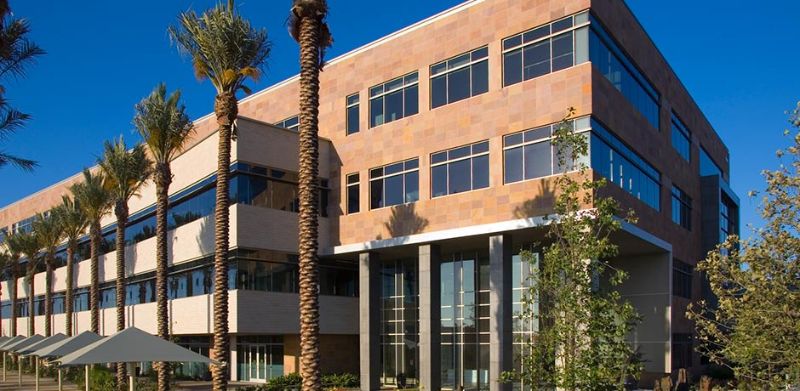
Carmel Valley, San Diego, California
Prominent Businesses in San Diego
San Diego has a booming, ever-growing job market consisting mainly of tech startups, wireless cellular technology companies, pharmaceutical research organizations, and is the second-largest biotechnology cluster in the United States. Fortune 500 companies have recognized the potential in bringing their business to San Diego and have plans to build campuses here, one of which includes Apple, Inc.
The top employers in San Diego include the United States Navy, University of California, San Diego, Sharp HealthCare, County of San Diego, San Diego Unified School District, Qualcomm, Inc., City of San Diego, Scripps Health, Kaiser Permanente, and San Diego Community College District.
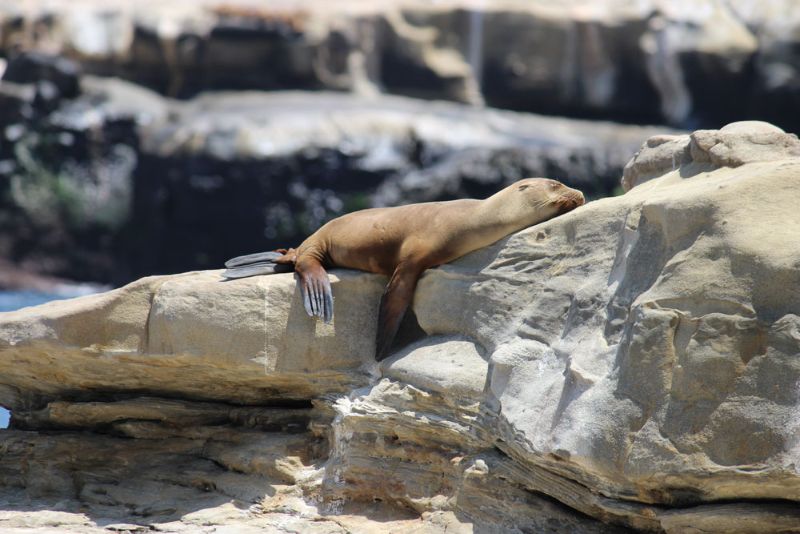
La Jolla, San Diego, California
Beaches and Hiking
Whether you’re looking for a sandy coastline to sunbathe and play volleyball or a rocky cove to explore and look for seashells, San Diego beaches offer a variety of options for beachgoers. Some of the beaches sit adjacent to a cliff backdrop while others are stationed next to lagoons with river water flowing into the ocean. The most well-known beach areas include San Onofre State Beach, Camp Pendleton, Oceanside, Carlsbad, Leucadia, Encinitas, Cardiff, Solana Beach, Del Mar, Torrey Pines State Beach, La Jolla, Pacific Beach, Mission Beach, Ocean Beach, Point Loma, Coronado, and Imperial Beach.
There is no shortage of beach activities and attractions in San Diego from surfing, kayaking, paddleboarding, boating, fishing, tidepool exploration, parasailing, snorkeling, watching the sealions, to checking out the Belmont amusement park — there is something in the city for everyone.
Because of San Diego’s natural rocky and mountainous terrain that was formed over thousands of years, there are tons of great hiking options for all difficulty levels ranging from 3-10 miles including Torrey Pines State Park, Cowles Mountain, Mount Woodson, Los Penasquitos Canyon Trail, Iron Mountain Trail, Cuyamaca Peak Loop Trail, Devil’s Punchbowl, Mission Trails Regional Park, and Three Sisters Falls.

San Diego Cuisine
San Diego has a diverse variety of cuisines due to its cultural mix from Mexican to Italian, Spanish, Vietnamese, Indian, French, Filipino, Greek, German, Asian, and Pacific Islander food, you have plentiful options in the city. Most notably, there are ample seafood restaurants and fine dining steakhouses in downtown and along the coastline. Old Town San Diego is known for its authentic Mexican fare and hand-made-to-order tortillas along the street and is loved by locals.
The city’s warm, desert-esqe climate paired with ocean access make it a fishing hub in addition to being a hospitable environment and for growing vegetables and fruits. The most abundant produce include avocados, strawberries, tomatoes, mushrooms, pomegranates, olives, eggplant, oranges, lemons, limes, grapefruit, grapes, apples, and melons — this makes for a bountiful farmers market in San Diego.
A locally known secret of San Diego is that it’s actually one of the nation’s top microbrew cities. Often referred to as the ‘Capital of Craft’, San Diego houses over 130 craft breweries and has since the late 1980s. From Stone to Karl Strauss, Green Flash, Ballast Point, Alpine, and more, San Diego is the hub to beer innovators and enthusiasts alike.

Mission Bay, San Diego, California
San Diego Architecture and Real Estate
The architecture of San Diego real estate properties shows off hints of a mixture between Mission and Spanish Colonial Revival Style as well as Spanish Colonial Revival. Being a border town, the city borrows many design elements from its neighboring country of Mexico for its touches of adobe and bright colors, with southwest, coastal and Southern California flare.
In the late 1880s, San Diego experienced its first major real estate boom when residents moved out of Old Town and expanded outward to the “New Town” areas of the city. Today, the city is growing still, and in November 2018, the median price of a home was approximately $558,000. San Diego consistently ranks as one of the most desirable markets in the United States and is a safe bet when it comes to investment decisions. Based on prior history and current trends, the market is expected to continue rising upwards of 2% each year.
San Diego is a great place to live because of its unique character, rising businesses and economy, and endless activities and dining offerings. With the projected property values expected to rise in the future, now is the time to call this city your home.
Nick Rogers Real Estate Agent Background Video from Morgan Scott Films on Vimeo.

 Nick Rogers
Nick Rogers